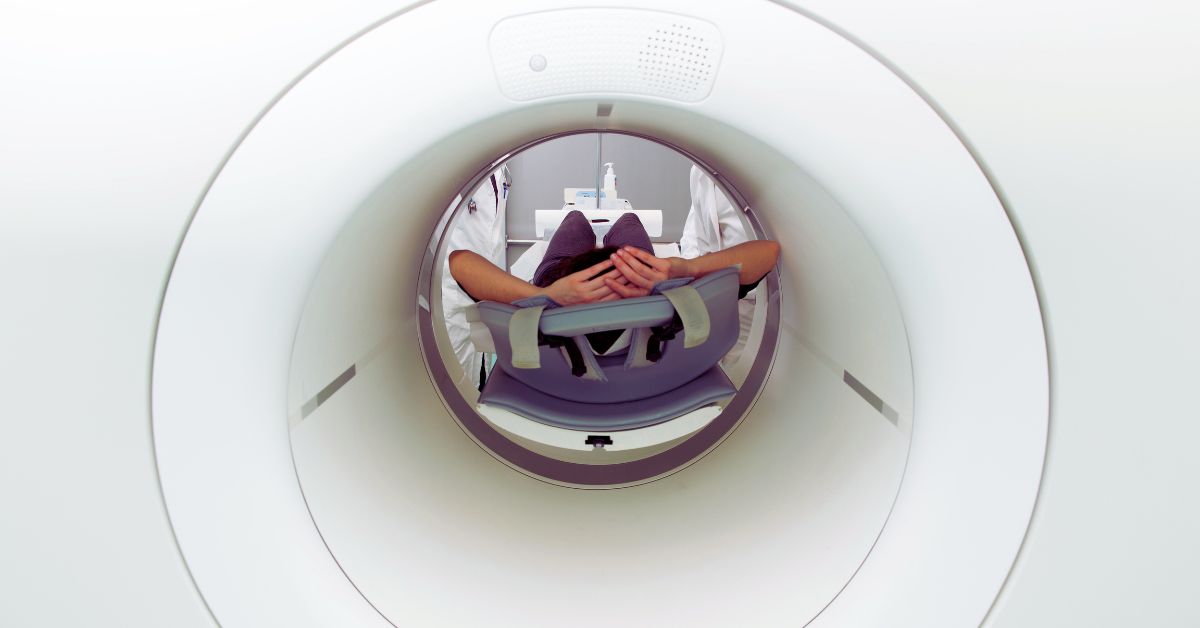The National Centre for Asbestos Related Diseases (NCARD) has been awarded $200,000 from the Medical Research Future Fund (MRFF) to support a new imaging trial for mesothelioma, an asbestos-related cancer. The study, known as the IMAGER trial, will be led by Professor Roslyn Francis and the NCARD research team.
The three-year trial will test an imaging technique designed to improve how mesothelioma is detected and monitored. Currently, clinicians use FDG-PET scans to identify areas of high energy use—a hallmark of many cancers. However, this method can also highlight inflammation, making it difficult to tell cancer from non-cancerous changes that can occur after procedures to manage fluid build-up in the lungs.
The IMAGER trial will explore a targeted imaging agent called girentuximab. This binds to carbonic anhydrase IX, a protein found on mesothelioma cells but not commonly present in healthy tissue. When used with PET/CT scanning, this approach may produce clearer, more specific images by reducing interference from inflammation.
Twenty people with mesothelioma will take part in the trial, undergoing both the standard and new scans. The research team is particularly interested in those who have had talc pleurodesis – a procedure often used to treat fluid buildup in the lungs.
The study is a collaboration between NCARD, Telix Pharmaceuticals – who will provide the imaging agent – and the Western Australian node of the National Imaging Facility, which offers advanced imaging infrastructure. Additional support for this work is provided by the Insurance Commission of Western Australia.
Ms Corrine Naisbitt, a mesothelioma advocate and carer, is a named investigator on the study, contributing valuable insight through her lived experience. The project is also supported by patient advocacy organisations, including the Asbestos Diseases Society of Australia and Reflections. We are grateful for their ongoing support and commitment to improving outcomes for people affected by mesothelioma.
If successful, this research could lead to more accurate diagnosis and monitoring of mesothelioma and open pathways for future treatment approaches.


